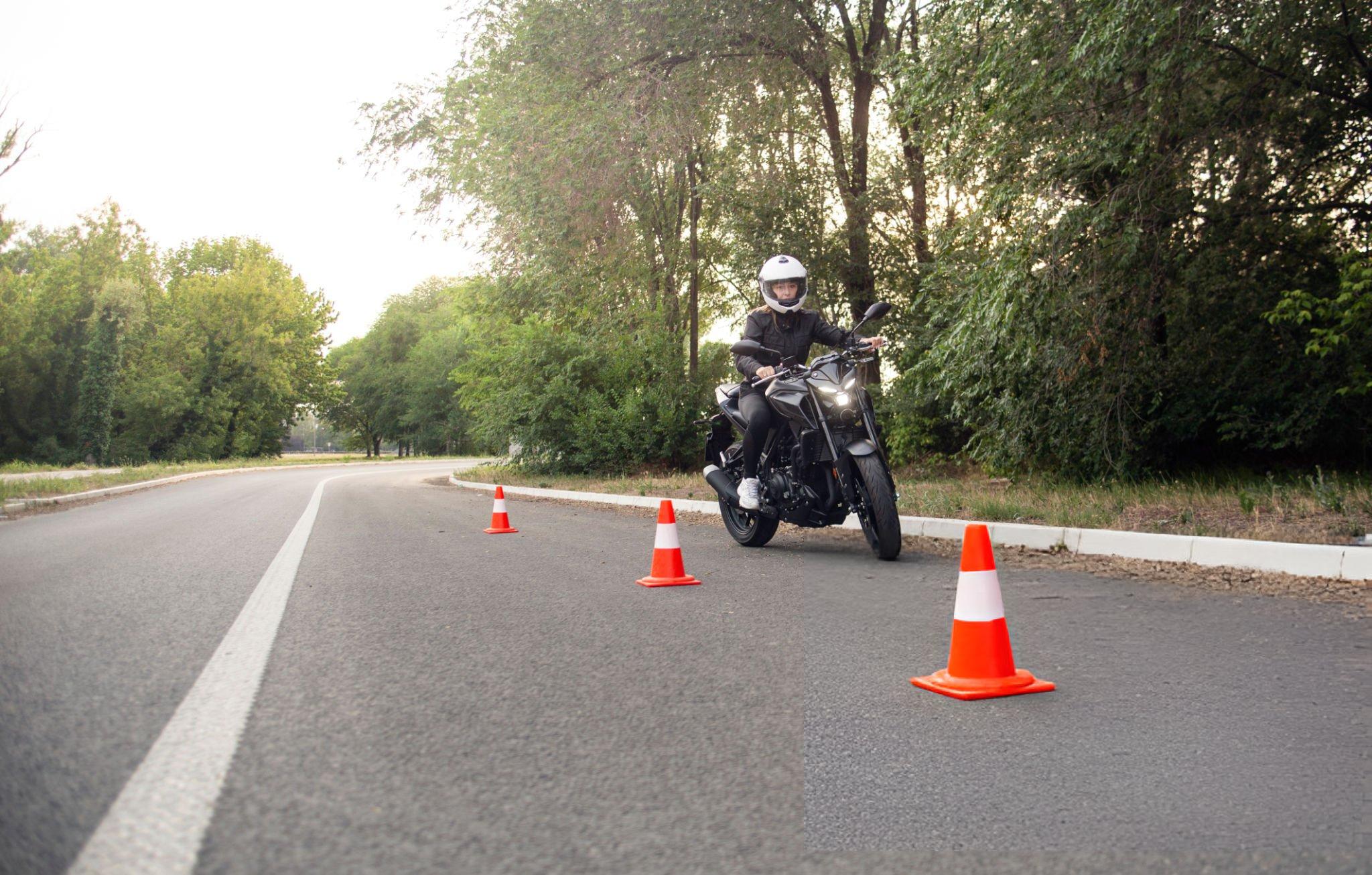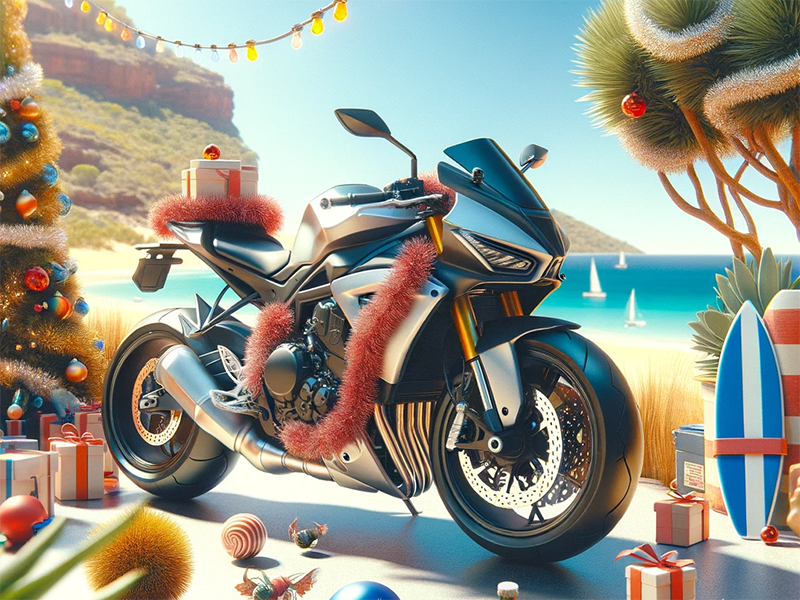Riders preparing for their QLD motorcycle licence test usually have a rough idea of what to expect, but there’s always some uncertainty about what the instructor is actually paying attention to. It’s more than just staying upright and keeping the bike moving forward. Instructors are looking for evidence that you’re safe, in control, and aware of your surroundings every time you head out on the road. Understanding what they’re checking for can help cut through the nerves on test day and let you focus on what really matters.
The licence test isn’t designed to catch you out. It’s meant to confirm that you’ve got the right skills and knowledge to ride safely under real-world conditions. From start to finish, your instructor is checking how you handle the bike and how well you follow road laws. They’re trained to notice the little things, the small habits that show whether you’re a confident rider or still second-guessing each move. Getting familiar with these areas ahead of time can make a big difference in your test results and how you ride long after it’s done.
Understanding QLD Motorcycle Licence Tests
The Queensland motorcycle licence test is a formal part of getting approved to ride solo on public roads. It includes both theory and practical steps, with a key focus on safe habits, traffic awareness, and solid bike handling. For most riders, the test is taken after completing the compulsory pre-learner or pre-provisional training courses, depending on your level.
During the practical part, you’re expected to demonstrate core skills like balance, control, and hazard response. You’ll be asked to carry out manoeuvres like smooth stopping, correct lane positioning, and slow riding without lifting your feet from the pegs. Instructors follow a checklist, scoring your actions according to consistency, safety, and confidence.
Even though some steps of the test might seem simple when you’re just practising on your own time, there’s a lot going on once you’re in a test setup. Your mindset, road environment, and body language can have just as much of an impact as your ability to handle corners or shifts.
It helps to think of the test as a snapshot of how you’d behave in everyday traffic. If an instructor sees you making safe choices without hesitation and keeping control of your bike without any panic, it shows them you’re ready to ride Queensland’s roads with confidence and care.
Skills And Techniques Instructors Evaluate
Instructors keep a close eye on how well you manage your control over the bike. These foundational skills aren’t just about avoiding errors. They say a lot about how prepared you are to ride safely outside of training scenarios.
Here are some of the main skills they’re watching for:
– Smooth starts and stops
Can you ease off the clutch and apply steady throttle without jerking or wobbling? Do you come to a stop with full control, using both brakes evenly and maintaining your balance?
– Steering and lane placement
Instructors expect you to pick smart lines through turns and place your bike safely within your lane. Riding too close to the edge or drifting from side to side may cost you points.
– Low-speed handling
Whether it’s a U-turn or a slow ride between cones, controlling the bike at low speeds shows you’ve mastered clutch friction, brake use, and body position.
– Gears and throttle
Changing gears at the right time helps keep your engine running smoothly and reduces sudden jerks. Riding in the wrong gear or misusing the throttle shows you’re still hesitant with coordination.
Posture is also a bigger part of riding than most people think. If you’re stiff, hunched, or gripping the bars too tight, it’ll throw off your stability and reaction time. Instructors notice when a rider keeps relaxed shoulders, eyes up, and hands light on the controls. These small things make a big difference in awareness and flow while riding.
An example that often comes up during training is watching a rider attempt a figure-eight in a tight area. Someone who stiffens up usually jerks at the handlebars or wobbles through the curve, while someone with proper technique glides through steadily because their body and throttle work in sync.
When you’re being tested, confidence built from practice is your biggest advantage. Knowing what techniques an instructor values helps focus your training around them and creates habits that stay with you even after the test.
Road Safety And Compliance
Once your bike handling is up to scratch, instructors want to see how well you apply the road rules. This part of the test isn’t just about ticking off signs and signals. It’s about showing real awareness and decision-making in actual traffic.
Expect your instructor to take note of how closely you follow speed limits, whether you obey traffic signs, and how well you respond to changing environments. They want to see if you’re scanning for risks ahead of time, like parked cars, people near kerbs, or unusual intersections.
Key behaviours instructors look for:
– Regular mirror checks when changing speeds or positions
– Shoulder checks before turning or pulling out
– Keeping a safe distance between vehicles
– Clear signalling before any manoeuvre
– Slowing smoothly instead of stopping suddenly
One slip up that gets riders often is skipping the head check. When you’re changing lanes or merging, it’s not enough to use mirrors. You need to physically look over your shoulder to clear that blind spot. Missing this can cost you points or raise a safety flag.
Another subtle test area is how you respond to unexpected traffic behaviour. If a driver brakes without warning or fails to indicate a turn, do you stay calm, adjust your speed, and maintain safe spacing? These kinds of reactions show that you’re not just riding by the book, but actually thinking ahead and focused on safety.
Calm movements, steady decision-making, and being clearly aware of what’s going on around you all show the instructor you’re road-ready in Queensland.
Common Mistakes To Avoid
Even good riders slip up during testing. It usually comes down to nerves or bad habits that haven’t been ironed out in practice. Knowing these mistakes ahead of time can help you sidestep them.
1. Rushing low-speed exercises
Whether it’s a U-turn or weaving through cones, going too fast kills balance. Slow things down. Let your clutch and throttle work together gently.
2. Forgetting head checks and mirror use
Skimping on these checks sends the wrong message. Make them a habit so they’re second nature by test day.
3. Wobbling or putting a foot down early
These movements often come from poor balance or not trusting your speed. Keep practising slow manoeuvres until your control improves.
4. Using the brakes incorrectly at stops
Slamming on the front only or stopping too hard can throw the bike off. It’s better to apply both brakes evenly with a light touch.
Unclear signalling
Either forgetting to indicate or not cancelling the blinker gets noticed. Other drivers rely on signals. So do your test scorers.
Most of these mistakes can be fixed with repetition. For example, after every practice turn, make sure to check whether your indicator is off. If you’ve been caught out once, it’s worth repeating the act until you no longer need to think about it.
Keep practice focused, not rushed. Sharpen the habits now, so they come naturally when it’s time to test.
Tips For Success On Your QLD Motorcycle Licence Test
A smooth test day starts with good prep. Being ready is more about consistency than perfection. The more real-world situations you’ve worked through, the more prepared you’ll feel.
Try these tips to give yourself an edge:
– Build skills slowly. Nail the basics before moving on.
– Practise low-speed riding often. These tasks usually trip up even skilled riders.
– Ride in all types of conditions. Rain, traffic, different times of day all teach you how to adapt.
– Record yourself. Watching your ride from a different view helps spot things you miss when you’re focused on riding.
– Run through mock tests. Use timing and scoring to boost familiarity with real test pacing.
If something still feels clunky, keep refining it. Comfort on the bike grows from time and effort. If something doesn’t feel safe or smooth, there’s no harm revisiting it until it does.
Above all, don’t treat the test like a pass-fail trap. See it as a chance to show what you know and how you ride under realistic conditions.
Getting Ready to Ride With Confidence in QLD
Getting your motorcycle licence isn’t just about the test itself. It’s about building habits that keep you calm, steady, and in full control on Queensland’s roads. The more you practise with purpose, the more your technique, awareness, and confidence all grow together.
Instructors want to see proof that you’re safe and thoughtful. That doesn’t come from guesswork on test day. It comes from the hours you’ve already put in, the choices you’ve made while practising, and the focus you’ve built ride after ride.
Prepare smart. Ride often. And if you want support that keeps you sharp from your first lesson through to your test, Stay Upright is here to help.
Completing your QLD motorcycle licence with confidence involves more than just knowing the road rules and riding skills. Building strong habits and practising regularly can make a massive difference. At Stay Upright, our goal is to support you every step of the way. Explore our QLD motorcycle licence courses to ensure you’re fully prepared, helping you ride safely and confidently on Queensland roads.



